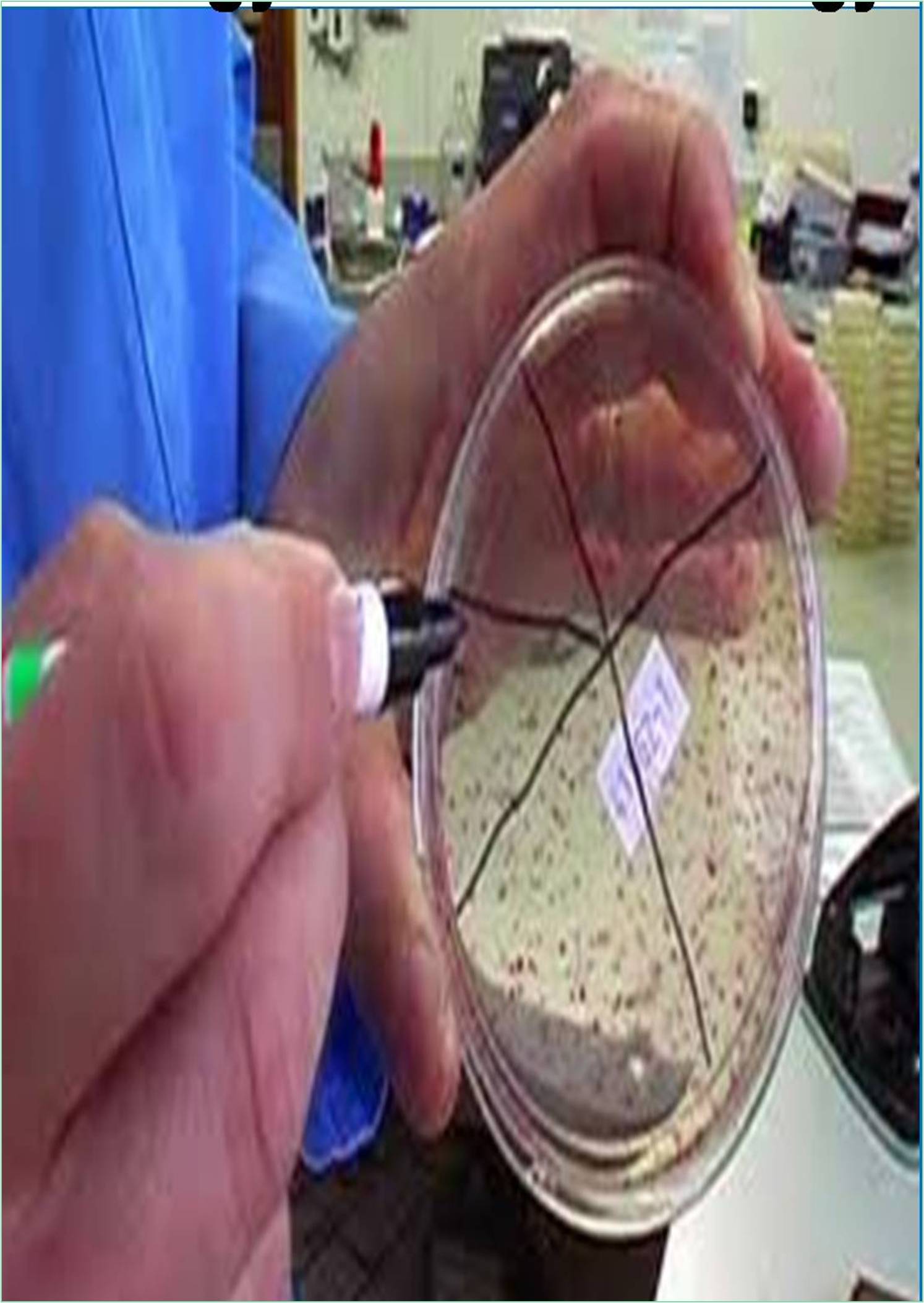



Received: 01-Aug-2022, Manuscript No. GJVI-22-72101; Editor assigned: 05-Aug-2022, Pre QC No. GJVI-22-72101 (PQ); Reviewed: 22-Aug-2022, QC No. GJVI-22-72101; Revised: 29-Aug-2022, Manuscript No. GJVI-22-72101 (R); Published: 05-Sep-2022, DOI: 10.15651/2229-3239.22.2.005
Cancer immunotherapies seek to elicit the body's natural anti-tumor defences, alter the tumor's suppressive microenvironment, and ultimately reduce tumour burden and improve patient survival rates. The preventative and therapeutic potential of cancer vaccines make them a desirable alternative immunotherapeutic treatment. Due to immunologic memory, vaccines that particularly target tumor-associated or tumor-specific antigens (TAAs or TSAs) can target and kill malignant cells that overexpress the antigens and produce a long-lasting therapeutic response. In contrast to conventional immunotherapies, cancer vaccines provide precise, secure, and tolerable treatment (Bidram, et al., 2021). Due to the wide variety of tumour antigens and the generally weak immune response, practical translations of cancer vaccines into effective medicines have proven difficult for decades, despite significant attempts to produce them. Personalized cancer vaccines in combination with checkpoint blockers or cytokine treatments are now being tested in clinical studies. These combinations have shown some encouraging clinical results in a variety of solid or metastatic malignancies (Jacobson, 1996).
Tumor or immune cell-based vaccinations, peptide-based vaccines, viral vector-based vaccines, and nucleic acid-based vaccines are the four different forms of cancer vaccines. A vaccine platform based on nucleic acids (DNA or RNA) seems attractive for a number of reasons. First off, nucleic acid vaccines enable the simultaneous delivery of several antigens covering different TAAs or somatic tumour mutations, activating both humoral and cell-mediated immune response, and boosting the possibility of overcoming vaccine resistance. Second, unlike peptide vaccines, nucleic acid vaccines are able to encode full-length tumour antigens, enabling APCs to present or cross-present multiple epitopes with both class I and II patient-specific Human Leukocyte Antigens (HLA), making them less constrained by human HLA types and more likely to elicit a broader T cell response (Pal, et al., 2019). Finally, nucleic acid vaccines are thought to be well tolerated for both preventive and therapeutic uses since they are non-infectious, free of protein or virus-derived contaminations during manufacture. For the prevention of infectious diseases and the treatment of cancer, messenger RNA (mRNA) vaccination has lately gained popularity as a viable substitute for DNA vaccine. (1) mRNAs can be translated in both dividing and non-dividing cells, whereas RNA simply needs to be internalised into the cytoplasm and then translated into the desired antigen(s) in a single step (Rausch, et al., 2014). This is an advantage of using mRNA as a cancer vaccination method over DNA. mRNA generally expresses proteins at a higher rate and scale than DNA vaccines do. (2) mRNA vaccines are free from insertional mutagenesis because, unlike DNA vaccines, they cannot integrate into the genomic sequence (Van, et al., 2015).
mRNA vaccines have emerged as a viable therapeutic platform for cancer. Antigen Presenting Cells (APCs) can efficiently express tumour antigens during vaccination, which facilitates APC activation and innate/adaptive immune stimulation. Due to its high efficacy, safe administration, quick development potentials, and economical manufacture, mRNA cancer vaccine surpasses other traditional vaccination platforms. However, instability, innate immunogenicity, and ineffective in vivo administration have restricted the use of mRNA vaccines. To address these problems, appropriate mRNA structural alterations and formulation techniques have been researched. The possibility of eliminating tumour cells has incresed because of the administration routes and co-delivery of several mRNA vaccines with other immunotherapeutic drugs.